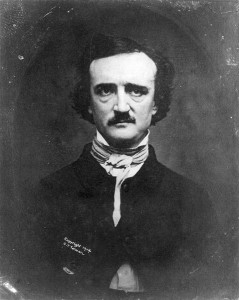Dagherotipie
 The daguerreotype is a photographic process for the development of non-reproducible images. Developed by Frenchman Louis Jacques Mandé Daguerre and Niépce brainchild of Joseph the son of these, Isidore, venne presentato al pubblico nel 1839 by scientist François Arago, at the Académie des Sciences and the Académie des Beaux Arts.La daguerreotype is a photographic process for developing diimmagini unplayable. Developed by French LouisJacques Mandé Daguerre brainchild of Joseph Niépce and his son diquesti, Isidore, venne presentato al pubblico nel 1839Isidoregowas presented to the public indemy of Sciences e dell'Académie Desbeaux Arts.
The daguerreotype is a photographic process for the development of non-reproducible images. Developed by Frenchman Louis Jacques Mandé Daguerre and Niépce brainchild of Joseph the son of these, Isidore, venne presentato al pubblico nel 1839 by scientist François Arago, at the Académie des Sciences and the Académie des Beaux Arts.La daguerreotype is a photographic process for developing diimmagini unplayable. Developed by French LouisJacques Mandé Daguerre brainchild of Joseph Niépce and his son diquesti, Isidore, venne presentato al pubblico nel 1839Isidoregowas presented to the public indemy of Sciences e dell'Académie Desbeaux Arts.The daguerreotype is obtained by using a copper plate on which has been electrolytically applied a layer of silver, the latter is sensitized to light with iodine vapor. The sheet must then be exposed within an hour and for a period variable between 10 and the 15 minutes.
Development takes place by means of mercury vapor at about 60 ° C, that make whitish areas previously exposed to light. The final fixing is achieved with a solution of sodium thiosulphate, that removes the last traces of silver iodide.
The image obtained, the daguerreotype, is not reproducible and must be observed under a particular angle to reflect light in a suitable way. Also, due to the rapid blackening of the silver and the fragility of the plate, the daguerreotype was enclosed under glass, in a case decorated with elegant brass inlay, leather and velvet, also aim to emphasize the value of the object and the subject represented.
To reduce development time and thus extend the scope of the daguerreotype also to journalism, John Frederick Goddard used the vapors of bromine to increase the sensitivity of the plate, result that also got Jean Francois Antoine Claudet but with chlorine fumes. However, even the combination of these two techniques and objectives brighter, not allow exposure of less than ten seconds. The use of mercury vapor makes the production of daguerreotypes a proceeding dangerous for health.

 Italiano
Italiano English
English Français
Français Deutsch
Deutsch Español
Español